Sorry, a very noobish question here. I'm trying to understand if MOSFET ratings work on the principle that current and voltage are proportional (like Watts) or whether each rating is separate and shouldn't be combined.
Take for example a 2N7000 MOSFET rated at 60V DS and 0.2A Drain Current.
If I only ever run 30V through it, can it safely pass 0.4A of current? Or is it 0.2A all day?
(application: I want to use a MOSFET in a voltage boosting circuit from 5V to 12V but need up to 6A to flow through and am wondering whether I can use these 2N7000's I have or whether I should source a beefier part).

